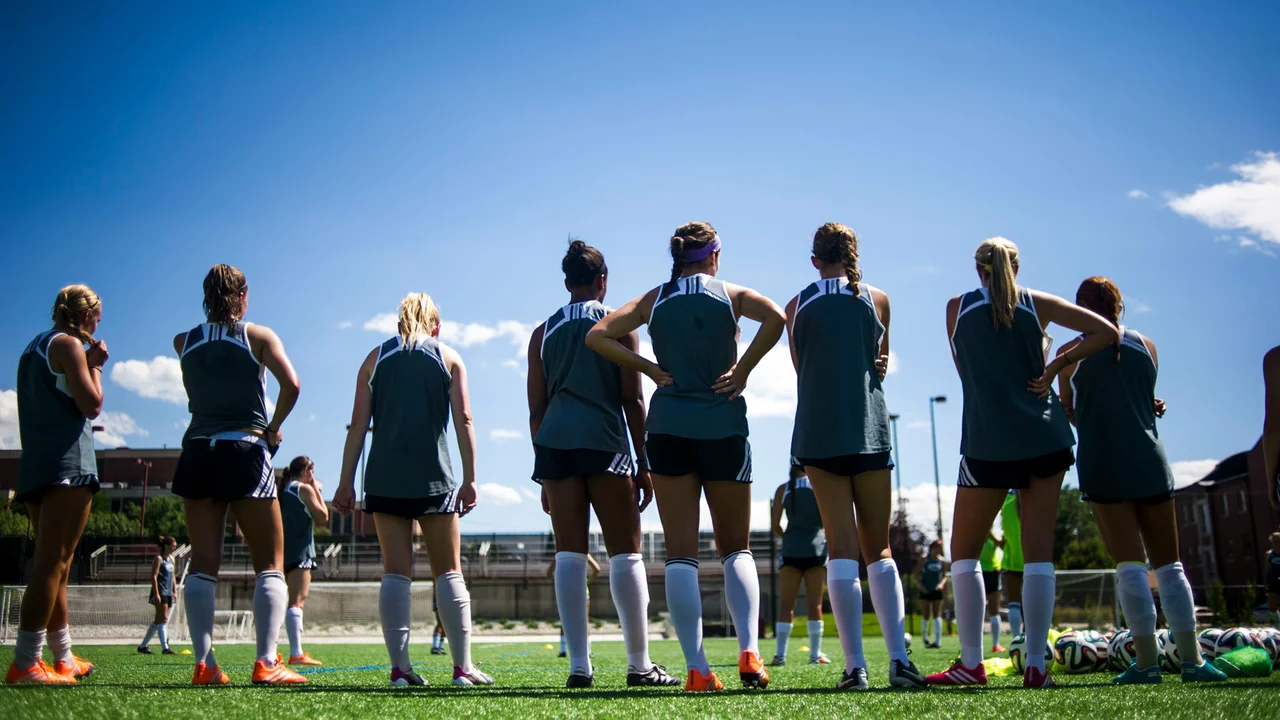Cultural Differences and Football
As a blogger, one of the most intriguing aspects of regional culture I've observed is the varying popularity of college football across the United States. Nowhere is this more evident than in the Northeast. Despite having some of the country's most prestigious universities, college football doesn't seem to resonate with Northeasterners as it does in other regions. This phenomenon isn't due to a lack of interest in sports or a deficiency in school spirit. So, what's behind it?
Some attribute this to cultural differences. In the Northeast, there's a longstanding tradition of placing a higher emphasis on academics than athletics. Many of the region's top universities are more renowned for their academic prowess than their athletic teams. This doesn't mean Northeasterners don't appreciate sports - they simply prioritize academics. This approach is quite different from other regions where college football is a significant part of the culture and lifestyle.
The Impact of Professional Sports
Another factor contributing to college football's lowered popularity is the presence of professional sports leagues. The Northeast boasts a high concentration of professional sports teams across all major sports, including football. These teams have large and devoted fan bases, which often outshine the region's college football teams. It's not uncommon for Northeasterners to be more passionate about their pro teams than their college teams.
Professional sports in the Northeast aren't just a pastime - they're a way of life. With teams like the New England Patriots, New York Giants, and Philadelphia Eagles, it's easy to see why college football might struggle to compete for attention. These teams have a rich history and have produced some of the most iconic moments in American sports history, further solidifying their place in the hearts of Northeastern sports fans.
Climate and Football
The Northeast's climate is another factor that might contribute to the diminished popularity of college football. Unlike the South and Midwest, where weather conditions are typically conducive to outdoor activities for most of the year, the Northeast experiences harsh winters. These conditions can make attending outdoor football games uncomfortable or even hazardous.
The frigid temperatures and frequent snowfall during the late fall and winter months could discourage even the most die-hard fans from attending games. This could result in lower attendance and engagement, which could, in turn, impact the overall popularity of college football in the region.
Demographics and Football
Demographics also play a role in college football's popularity. The Northeast is home to a diverse population with a wide range of interests and cultural backgrounds. This diversity could translate into a greater variety of preferred sports and recreational activities, which might dilute the potential fanbase for college football.
Furthermore, the Northeast's urbanized regions, like New York City and Boston, tend to have a broader range of entertainment options available. From Broadway shows to art exhibits to music festivals, residents have a plethora of alternatives to attending a college football game.
Changing the Game
So, how can college football increase its popularity in the Northeast? It's not a simple task, but with strategic efforts, it's possible. Schools could invest more in their athletic programs and engage in community outreach to build stronger connections with potential fans. A shift in cultural attitudes could also help, with an increased emphasis on the camaraderie, school spirit, and tradition that college football embodies.
Ultimately, while college football may not hold the same status in the Northeast as it does in other regions, it still has a place in the region's sporting landscape. And who knows? With the right strategies and a little bit of luck, we might just see college football rise in popularity in the Northeast.
